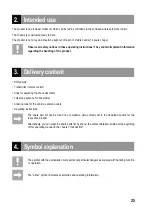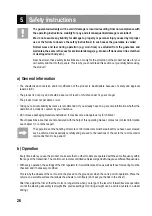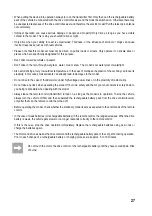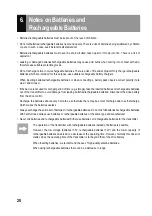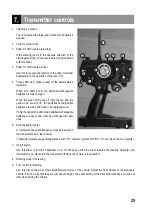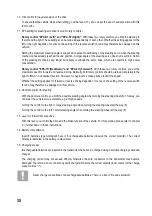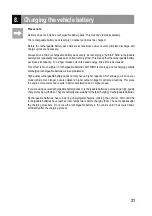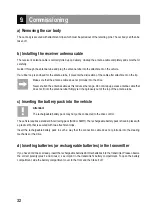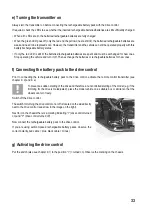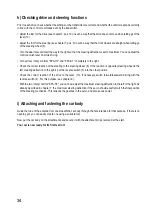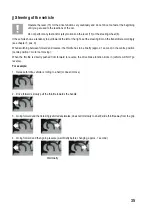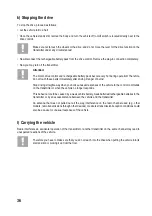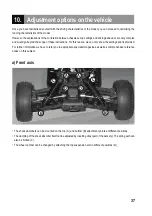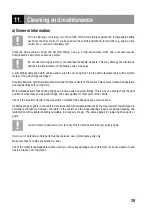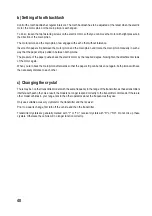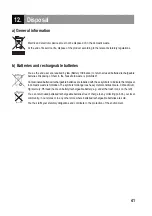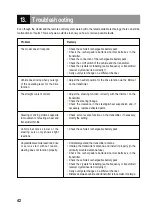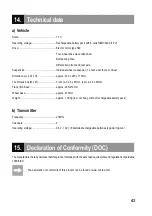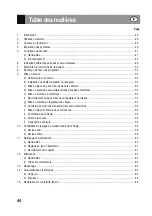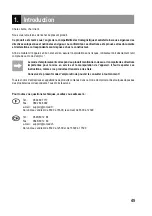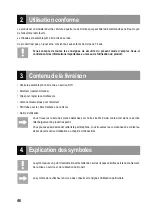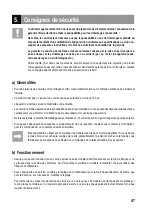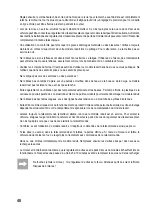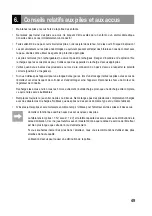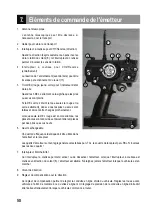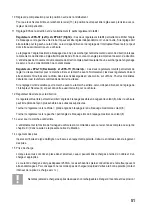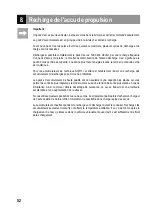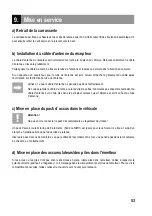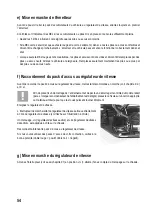
39
11. Cleaning and maintenance
a) General information
Prior to cleaning or servicing, turn the vehicle off and completely separate the rechargeable battery
pack from the drive control. If you have driven the vehicle beforehand, let all parts (e.g. engine, drive
control, etc.) cool down completely first.
Clean the whole vehicle of dust and dirt after driving, use e.g. a long-haired clean brush and a vacuum cleaner.
Compressed air aerosols can also be helpful.
Do not use cleaning aerosols or conventional household cleaners. This may damage the electronics
and lead to discolouration on the plastic parts or the body.
A soft, slightly dampened cloth can be used to wipe the car body. Don’t rub too hard otherwise there will be scratch
marks or the paint will get damaged.
At certain intervals, perform maintenance work and function controls on the vehicle. This ensures trouble-free operation
and roadworthiness for a long time.
Motor vibrations and shocks during driving can loosen parts and screw fittings. This is why you should check the tight
position of wheel nuts and all screw fittings. The same applies for other parts of the vehicle.
Check if the tires fit correctly on the wheel rims or whether the adhesions have come undone.
All ball bearings or gears in the vehicle were lubricated with suitable lubricants by the manufacturer. Relubrication is
normally not necessary. However, the joints on the vehicle and the wheel bearings require occasional cleaning and
relubrication with suitable lubricants (available in accessory shops). The same applies for replacing drive parts or
gears.
You must remove excessive oil or fat since this is where dust settles very quickly again.
If worn out or defective vehicle parts must be replaced, use original spare parts only.
Make sure that no cables are pinched or bent.
Check the model for damage before each use! If you notice any damages, the vehicle must not be used anymore and
has to be taken out of operation.

